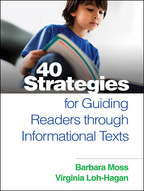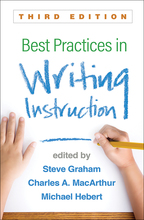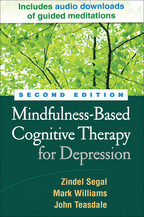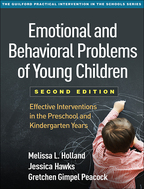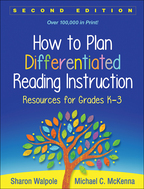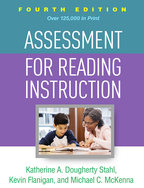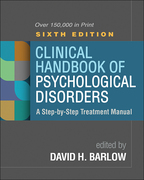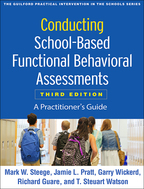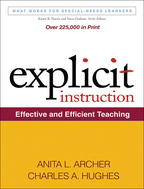40 Strategies for Guiding Readers through Informational Texts
Barbara Moss and Virginia Loh-Hagan
I. Getting Started Strategies
Strategy 1. Planning a Lesson with Informational Text
Strategy 2. Understanding and Evaluating Informational Texts
Strategy 3. Assessing Text Complexity
Strategy 4. Shared Reading and Text Feature Search
II. Building Background Strategies
Strategy 5. Anticipation Guide
Strategy 6. KWHL: K = (What I Know), W = (What I Want to Know). H = (How I Will Find Out), L = (What I Learned)
Strategy 7. KLEW: K = (What I Know), L = (What I Learned), E = (What Evidence Do I Have for My Learning?), W = (What Additional Questions or Wonderings Do I Have?)
Strategy 8. Table of Contents Prediction
Strategy 9. Imagine, Elaborate, Predict, and Confirm
III. Vocabulary Strategies
Strategy 10. Word Map
Strategy 11. SLAP: S = (Say the word and write it here.), L = (Look for context clues. List them here.), A = (Ask myself what it means and write it here.), P = (Put the synonym in the sentence and write it here. Does it make sense? If not, start over with steps 3 and 4.)
Strategy 12. Root Wheel
Strategy 13. List–Group–Label
Strategy 14. Word Sort
Strategy 15. Semantic Feature Analysis
IV. Reading Closely Strategies
Strategy 16. Close Reading
Strategy 17. Close Thinking
Strategy 18. Text Annotation
Strategy 19. Text Dependent Questions
Strategy 20. Thinking Aloud
Strategy 21. Sticky Notes Bookmark
V. Comprehension Strategies
Strategy 22. Study Guide
Strategy 23. Four Box Comment Card
Strategy 24. I Chart
Strategy 25. CAATS: Creator, Assumptions, Audience/User, Time and Place, Significance
Strategy 26. Text Structures
Strategy 27. Interactive Notebook
VI. Discussion Strategies
Strategy 28. Discussion Web
Strategy 29. 4–3–2–1 Discussion
Strategy 30. Intra Act
Strategy 31. Talking Points
Strategy 32. Three Step Interview
Strategy 33. 3 Minute Pause
VII. Writing Strategies
Strategy 34. Readers' Theatre
Strategy 35. Paragraph Writing Frames
Strategy 36. I Used to Think . . . but Now I Know . . .
Strategy 37. Summary Writing
Strategy 38. CLIQUES: CL, Claim; I, Introduction of Quotation; QU, Quotation; E, Explanation of Quotation; S, So What?
Strategy 39. EPIC: E, Evidence; P, Patterns; I, Inquiry; C, Claims
Strategy 40. Two Column Journal
Appendix. Recommended Materials

